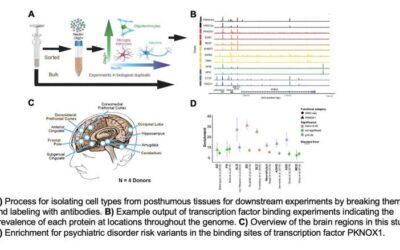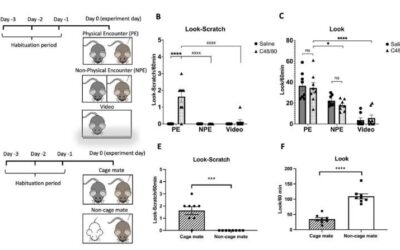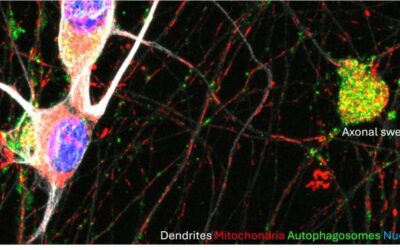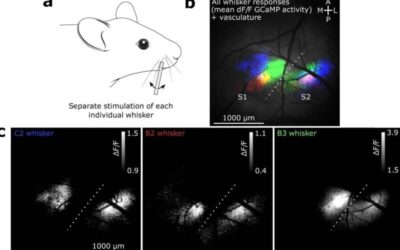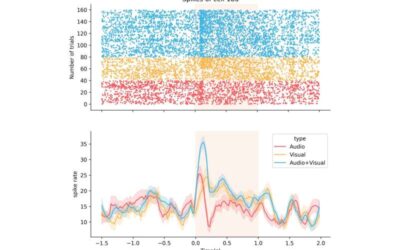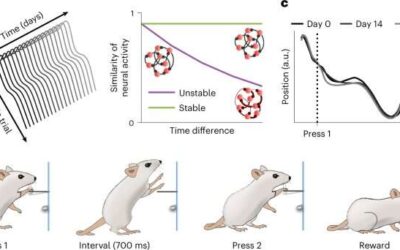Transcription factors (TFs) are proteins that bind to specific DNA sequences, regulating the transcription of genetic information from DNA to messenger RNA (mRNA). These proteins play a pivotal role in the regulation of gene expression, which in turn impacts a wide...
Medical Research
Study finds social interactions and olfactory cues prompt contagious itch in mice
Humans and other mammals can sometimes experience itch, an uncomfortable sensation that prompts them to scratch specific parts of their bodies. Past studies on humans and other primates have found that itch can sometimes be contagious.
Study finds that the transport of mRNAs into axons along with lysosomal vesicles prevents axon degeneration
RNA granules, sites for the storage, transport, and regulation of RNA molecules within cells, are transported along axons and then translated locally, far from the cell body. Recent studies suggest that these granules can "hitch a ride" from lysosome-related vesicles,...
Study shows that perception is driven by variability of neural activity in the sensory cortex
The brain is a sophisticated biological system known to produce different experiences and perceptions via complex dynamics. Different brain regions and neural populations commonly work in tandem, communicating with each other to ultimately produce specific behaviors...
Study shows that eye movements decrease while effortfully listening to speech
After a certain age, approximately 40% of people experience some degree of hearing loss. While age-related hearing loss is most prevalent in adults over the age of 65, it can start occurring far earlier than that, when people are in their 40s or 50s.
Exploring the integration of audiovisual information in the primate amygdala and adjacent regions
Humans and other primates can jointly make sense of different types of sensory information, including sounds, smells, shapes and so on. By integrating sensory stimuli in the brain, they can better understand the world around them, detecting potential threats, food and...
Study shows how iron dysregulation might contribute to neurodegenerative diseases
Past neuroscience research consistently found a link between deviations from the "normal" iron metabolism, also known as iron dysregulation, and different neurodegenerative diseases, including Parkinson's disease (PD) and Multiple Sclerosis (MS). Specifically, brain...
Study uncovers distinct time cell populations in the bat hippocampus
The hippocampus is a major region in the brain of vertebrates known to play a key role both in navigation and the encoding of memories and learning. While many neuroscience studies have investigated this brain region's function and its organization, there is still...
Study unveils neural pathway promoting regeneration after traumatic injuries
Studies exploring the neural processes involved in cell regeneration are of crucial importance, as they could pave the way towards the development of more effective treatments for many pathologies associated with the mutations or deterioration of cells. Microglia, the...
Study on rodents shows that the activity of single motor neurons is stable over time
While many studies have investigated the underpinnings of the mammalian motor system (i.e., the collection of neural networks that allow mammals to move in specific ways), some questions remain unanswered. One of these questions relates to the ways in which recurring...

